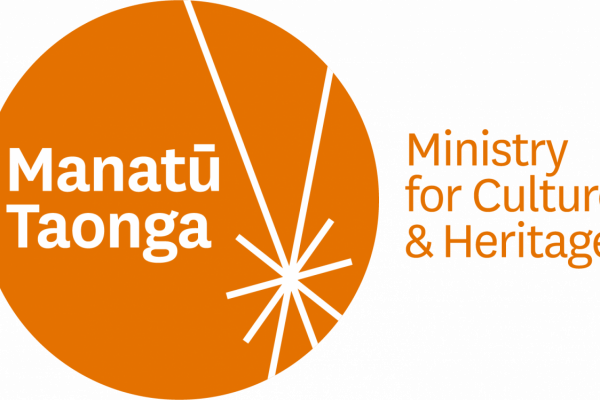Illustration: Tom Jellett ARTICLE BY JOHN BYRON in The Australian September 20, 2017
If the proposed regime were reasonable, it wouldn’t need to be marketed with such a cute baby panda name. Naming it “fair use” is like calling the harpooning of whales on the high seas a peaceful end-of-life transition in the service of science. The proposal is for nothing less than help-yourself, open-slather, catch-me-if-you-can freeloading.
Last month the federal government made its long-awaited response to the Productivity Commission’s inquiry into intellectual property arrangements. The commission had recommended a US-style “fair use” regime of copyright exceptions. After lengthy deliberation the government has opted to note the recommendation and consult further in light of the complexity of the issues and the divergence of views.
This pause on proceedings will frustrate the campaign by the Australian Digital Alliance — of which Universities Australia and more than half of Australia’s universities are members — to advance its interests at the expense of the creators of copyright material, such as writers, photographers, musicians, illustrators, artists, filmmakers and designers.
The government’s response hands universities an opportunity to reconsider their ill-advised support for this unfair, cynical and counterproductive proposal. They would be smart to take it. The mission of universities is to create, disseminate and extend knowledge, but the fair use proposal would imperil the capacity to produce cultural knowledge in this country.
There is no doubt that further consultation and reform are indicated: like other regulatory frameworks, the copyright regime needs constant updating to take account of technological developments. But to embark on the so-called fair use option as proposed would be a catastrophic error.
Under the fair use regime, if you write a play, create a design, make a film or compose a tune, anyone can help themselves to it and reuse it any way they like, for profit or propaganda, without acknowledgment, permission or fair payment. It is up to you to find out they’re doing it, and attempt to halt this use or extract proper payment by recourse to the law.
It is not apparent why intellectual property should be treated so differently from other forms of property. The Productivity Commission and the ADA use Silicon Valley business-speak and law Latin to advance their arguments, but this is one of those situations where apparent opacities clarify beautifully in the language of Chaucer. Let’s be clear: in other realms of property law, the behaviour they would like to legitimise goes by the Old English term “theft”.
Nobody arguing for this change to copyright law has anything to lose. Every one has a comfortable, reliable salary. The only people whose income is on the line are those who do the creating. Next time you hear someone arguing that the rights of writers, photographers, musicians and artists should be reduced, ask them how they themselves get paid. It’s easy to argue that other people’s rights are an impediment to progress. Ask them, too, how they expect the pipeline of creativity to continue to flow if creative incomes drop further from their already parlous levels.
The average Australian writer makes $13,000 a year from their craft. That’s already marginally viable. People will not be able to afford to devote the time to writing music, illustrating books, let alone to identify, peruse and somehow extract fair payment for the appropriation of their work by other parties.
I don’t know where the Productivity Commission’s economic geniuses expect the flow of raw material to come from once their dream is implemented of removing not only the incentive but the financial possibility of spending time and energy on its production.
My most generous hypothesis is that they are simply ignorant, so deeply engaged in their glass bead game in some ivory tower that they have no idea how artistic production works in the real economy at street level. The alternative is straightforward callous disregard.
“Fair use” is the pokies of copyright reform. If we open the gates to it, you can kiss goodbye to a significant proportion of local music, local writing and local art, as creatives are forced out of their artforms and into other ways of paying the rent. Creative workers, including writers, artists and musicians, already subsidise our artistic consumption to a significant degree (as do many other workers across the creative industries), but the implementation of the fair use proposal is likely to push them beyond their capacity to sustain creative output for little financial reward.
If you think the Miles Franklin shortlist, the Archibald Prize finalists and ARIA award winners are exempt, you may have a nasty surprise coming. But it also includes the next generation of talent coming through, as well as the many quiet contributors cranking out Aussie culture in plays, albums, illustrations, stories, photographs and funky tunes.
If the Productivity Commission and the ADA had their way and their preferred form of property appropriation were legalised, Australian cultural life would quickly be substantially impoverished.
The government has wisely opted to hasten slowly and take further soundings. The universities should take this opportunity to reassess their position and withdraw their advocacy for this damaging ideological adventurism.
John Byron was adviser to federal Labor on book industry policy and is a member of the Australian Society of Authors and the Media, Entertainment and Arts Alliance, which oppose the Productivity Commission’s fair use proposal. The views expressed are his own.




